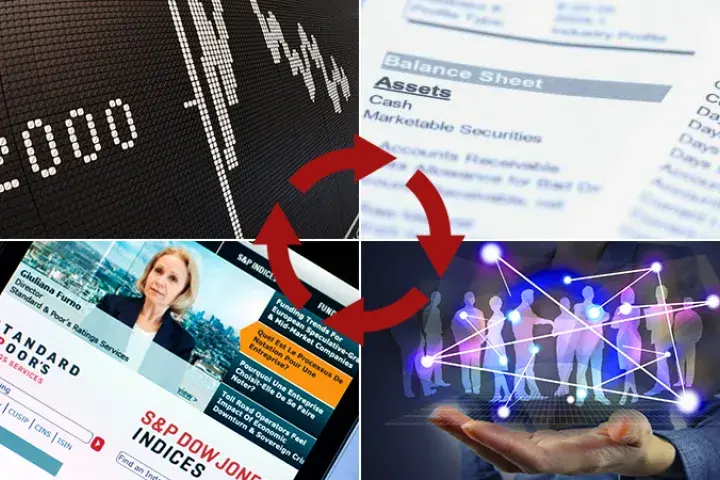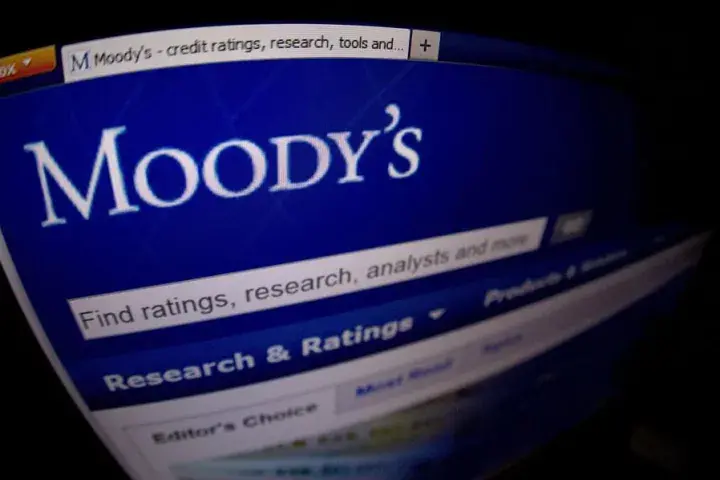Central banks worldwide are suppressing borrowing rates to accommodate credit markets, trying to alleviate financial pressures on corporations. This is creating a surge of "zombie companies," or firms that are staying alive in spite of their inability to service interest expenses.
Resources
Stay ahead of public company risk with our bankruptcy case studies, high risk reports, blogs and more.


A supplier network fraying at the edges can eventually break down into a full-blown disruptive crisis. With global debt soaring, daily bankruptcy risk evaluation is a must.

Optimal assessment of public company bankruptcy risk requires the balanced, holistic analysis provided by the FRISK® score.

As the fallout from one of the biggest bankruptcies of 2019 begins to settle, we see that credit and procurement professionals who evaluate risk in public companies as a habitual practice are proving to be the best at avoiding unnecessary exposure.

The COVID-19 pandemic swiftly delivered hundreds of bankruptcy filings in 2020. Here in 2022, geopolitical tensions, supply chain challenges, and tightening credit conditions could lead to a similar devastating outcome.

Sanctions have delivered significant financial stress to the Russian government and corporations alike. Overall, many Russian companies have dropped into – or have sunk further down into – the FRISK® score red zone, indicating heightened financial stress and corporate failure risk.

The FRISK® score is a game-changing tool that combines several key inputs to assess bankruptcy risk. Here’s how bond agency ratings play a role.

The FRISK® score is a game-changing tool that combines several key inputs to assess bankruptcy risk. The first of a five-part look at these inputs, here’s how the stock market plays a role.

The global effort to slow the spread of COVID-19 continues to impact all economic regions and industries. Risk professionals must adapt quickly or risk being sideswiped by the rise in bankruptcies.